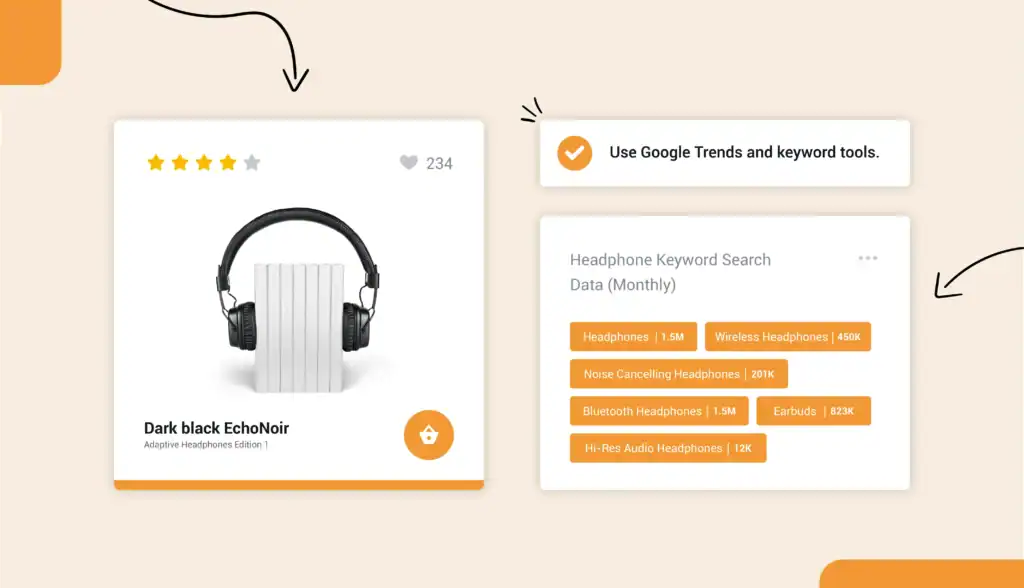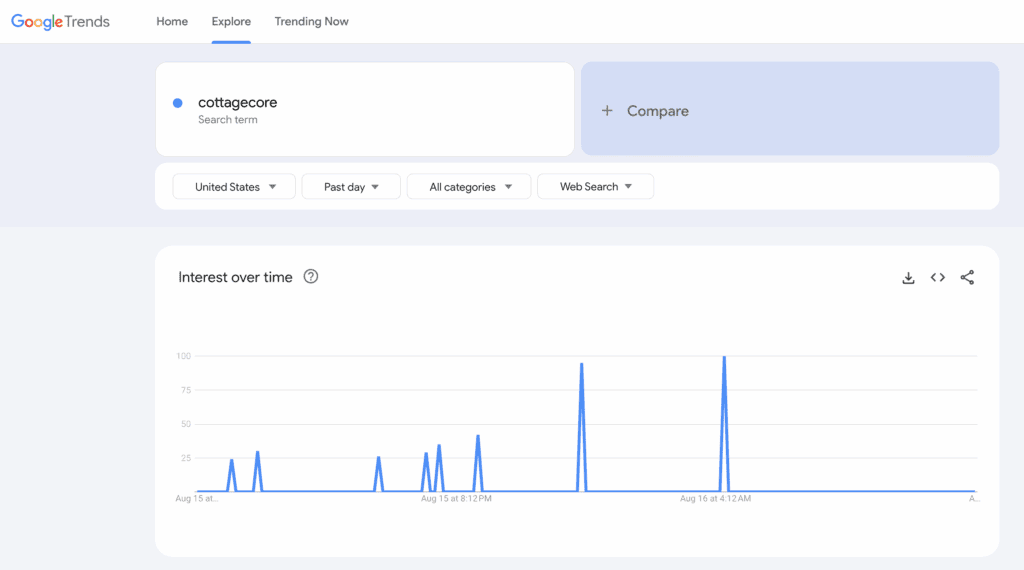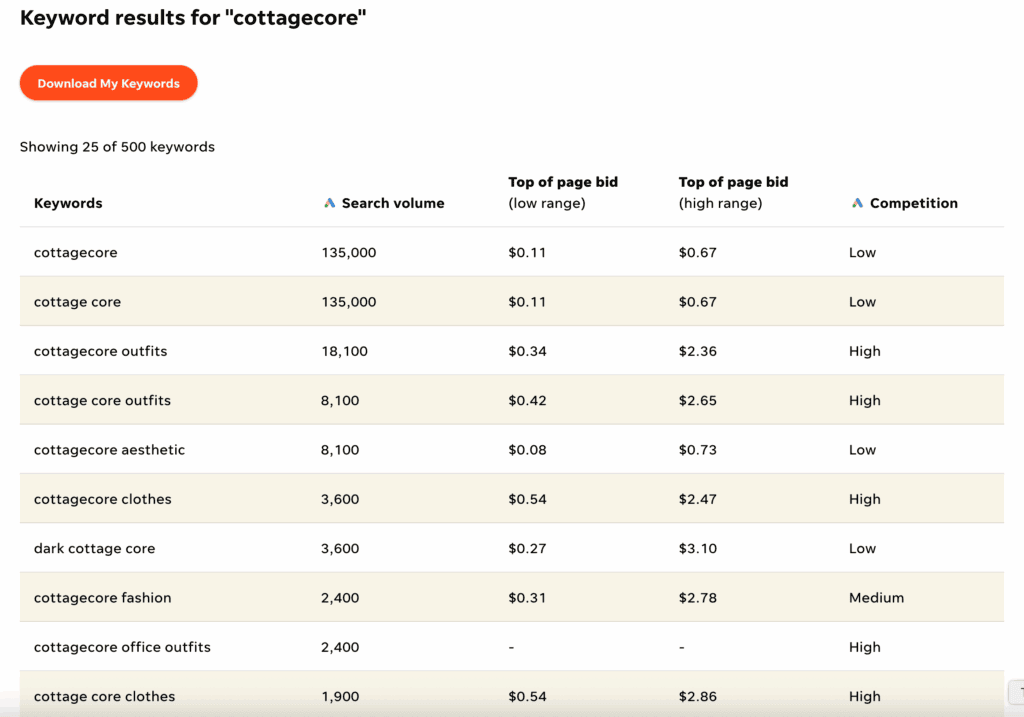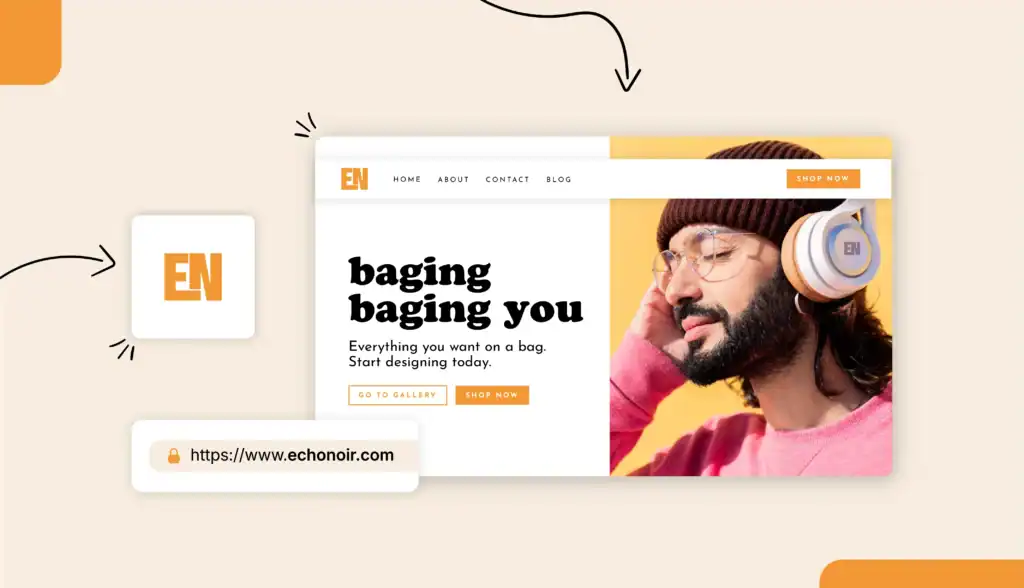In today’s post, we’re going to talk about what dropshipping is and how it works, and how first-time entrepreneurs can use it to quickly start a business that pays. Whether you need a side hustle or a main income stream, you’ll get actionable, step-by-step instructions to help you set up your business
We will also take a look at the nitty-gritty details, such as whether you need to form an LLC, so you can make sure to stay above board legally and tax-wise. True, any endeavor takes planning and effort, but if you set realistic expectations, you can get there. Let’s jump in.
What is dropshipping and how does it work?
Dropshipping is a low-risk business model in which you open up an online storefront, take orders from customers, then send it on to the supplier, who ships it to the customer. There are both benefits and drawbacks of this model.
Benefits of dropshipping
On the upside, dropshippers have seriously low overhead. If you drive a lot of organic traffic through, say, a popular Instagram feed, then you can partner with a dropshipping site for a low-cost monthly price, or free – if you’re just starting out.
Plus, you don’t have to keep any inventory on hand. Because all the packages go out from the supplier, you don’t need closet or garage space, a storage shed, or anything else. All you need is a computer.
Drawbacks of dropshipping
Because you don’t hold any inventory yourself, you are dependent on suppliers. When they let you down, as can happen, you will be responsible to your customer, because they think they’re buying from you.
Costs can add up. Over time, you may wish to get your own website, explore paid advertising, or buy inventory for the purposes of modeling. That’s all up to you, and it isn’t strictly necessary for running the business, but most dropshippers eventually run into greater costs.
Step-by-step guide to starting a dropshipping business
So, how’s it done exactly? Here’s a handy breakdown.
Step 1: Choose a niche

Never try to replicate Walmart with your dropshipping store. If folks wanted to shop at Walmart, they’d go to Walmart. Instead, choose a niche that you understand and can represent well.
Again, if you love home goods, run a home goods store. If your niche is fishing, pet care, car maintenance, fashion, beauty, cooking, or anything else, that’s fine … but make sure to keep it tailored. You’ll never stand out as a generalist against a background of specialists.
Once you’ve identified a good niche, use online tools to research your niche and ensure there’s enough traffic flowing to it. You can do this in several ways.
Let’s say you’re interested in the cottagecore trend, featuring all things cozy, old-fashioned, and countrified. Start by using Google Trends to identify how many people are looking at your chosen niche:

Next up, choose a free keyword tool online to see how many hits your niche gets, as well as the related keywords to target:

After that, use tools such as Pinterest and Instagram to see what people like, how they’re styling products, and which items are most popular. This will help you spot demand and list the best items for sale in your shop.
Step 2: Research competitors
Next up, identify who’s selling similar products and how they market them. What seems to work? What falls flat? What can you replicate, and what can you discard? Spot gaps in their offering you can fill.
Make sure to look at product pricing, shipping policies, and customer reviews. The latter is especially useful, because it’s a goldmine of information about which strategies you should replicate and which you should avoid.
Step 3: Find a reliable supplier
Once you’re clear on what you want to offer, it’s time to find a supplier. You can tackle this one of 2 different ways: Dropshipping platforms or the brands themselves.
Brands
If you’re a diehard fan of a specific store or brand, feel free to work with them directly, assuming they have a dropshipping platform and are willing to partner. Examples include:
- Macy’s
- Gaiam
- Target
These brands all allow you to work with them directly to send products to your customers under your store name.
Dropshipping platforms
If you don’t want to be constrained to one store or brand, or you don’t want to do the work of setting up several, then you can work directly with a dropshipping platform. This lets you find exactly what you need, without having to set up individual partnerships with individual brands.
Dropshipping platforms allow you to choose inventory from a huge range of suppliers who are already set up as dropshippers. Examples include:
- Zendrop
- AliExpress
- Shopify Collective
Once you’ve signed up, you can put items in your storefront that match your aesthetic, and people can shop through you. That way, you get a cut every time an item sells.
Product quality: Do your due diligence
You have to make sure the items you sell are worth it, though, or you might face angry customers who blame you for defects or low quality in the products they buy. Look for items that are high-quality but affordable, and always order samples before you pin your reputation to them.
Make sure you also evaluate the supplier’s reliability by looking at customer reviews. Check shipping times as well to a) make sure they align with what you’re looking for, and b) you can represent those times well on your site.
Step 4: Select and price your products
Once you’ve got a bit more confidence in your idea, you may begin to choose your items and price them out.
Try to balance cheap impulse buys with higher-ticket items. You want plenty of traffic coming to your shop, and having a range of prices will ensure that, because you’ll get a lot of people flowing in for more affordable items. Once there, though, they might decide to buy a pricier piece if it really fits what they’re looking for.
Make sure to price your items with your profit margin in mind. Speaking of which …
Step 5: Understand your finances and margins
Unless you plan to have someone else keep the books, you absolutely must understand your finances and margins. Otherwise, you might find yourself in a mess down the road, when you haven’t accurately accounted for expenses or taxes due.
There are a few critical concepts to know: income versus expenses, revenue versus profit, and the profit margin formula. We’ll discuss these, then walk through an example together.
Income and expenses
First up, the money you make from selling products is income. Expenses include costs such as platform fees, transaction costs, and your advertising budget, if you have one.
Note that all funds that come into your shop count as income, even if you don’t get to keep most or any of it due to expenses. While you can offset your income with expenses for tax purposes, you must still track both carefully.
Revenue versus profit
Many new entrepreneurs are confused about the difference between revenue and profit. Don’t both refer to the money you make?
Well, yes and no. Revenue is the entirety of your income, before you deduct any expenses. It is every single dollar your business brought in through selling products.
Profit, on the other hand, is the money you get to keep after you have subtracted out all your expenses. For obvious reasons, you want as much profit as possible, and it is, in fact, a more important number than revenue.
Enter the profit margin formula.
The profit margin formula
The basic profit margin calculation goes like this:
(Revenue – Expenses) / Revenue x 100
By subtracting expenses from revenue, then dividing the remainder by the revenue and multiplying by 100, and representing it as a percentage.
Margins on macrame
Let’s say you dropship macrame hangings. Each macrame hanging retails for $100. You pay the supplier $50 for it. That leaves you with $50 left over.
If you input the numbers into the above formula, you get:
(100 – 50) / 100 x 100 = 50%
Here’s the rub, though: You can’t forget that you must include all your expenses, not just the supplier’s fees. You also have to pay for your website, advertising costs, and so on. For this reason, most businesses calculate their profit margin using their total revenue and total expenses. This gives you a better idea of your overall profitability than trying to calculate a margin on every sale.
You could also calculate your margin on a single product, if you wanted. Let’s say you sell 4 products in your shop. To calculate the profit margin on one, total the supplier cost plus ¼ of your overall expenses, then use that figure in the expenses slot. You will end up with a pretty good idea of how well that particular product is carrying its weight.
Step 6: Plan your logistics
Once you’ve got a niche, supplier, items, and a good understanding of profit, your next step is to set the whole thing in motion.
Do your research about which dropshipping partner or brand you want to use, and figure out what the order processing flow will look like between you and the supplier.
Make sure to inquire about returns and refund handling, especially. If a customer returns the item, they will do so through your site, but will need instructions to send it back to the supplier. This can cause some confusion, so take the time to understand the process thoroughly and address it in your site’s FAQs.
Ditto with delivery expectations, which you’ll want to manage with your customers upfront so no one gets upset.
Step 7: Set up your online presence

At this point, you are ready to build your own outlet, which will appear to your customers to be an online retailer separate from the brands you sell, funneling products to purchasers through your amazing, branded, customer-service-ready storefront.
Before we discuss how to set up your online presence, though, it’s critical we take a look at some terminology.
Dropshipping versus ecommerce
While they are closely related, there’s an important difference between the terms “dropshipping” and “e-commerce.” Your online presence and e-commerce platform are not the same as your dropshipping partner.
When we talk about dropshipping, that’s the process of making a sale online, then letting a supplier fulfill it. Remember, that means they keep the inventory, package it up, apply the shipping label, and ship it out. They also pay to store the inventory, reorder when necessary, and scale up.
E-commerce, on the other hand, is the outward-facing front of your online store. This is where you list products with clear images and descriptions. It’s also where you make sales and rack up reviews. As such, you will need all the same facets as any other e-commerce site, such as:
- Pages of inventory
- Categories
- Filters and search functions
- Shopping cart
- About and FAQ pages
- A means of contacting you
All you’re doing is running a website and letting your supplier fulfill the inventory for you. Thus, you will need both a dropshipping partner and an e-commerce platform, most likely, not either/or.
This isn’t strictly true, as you can also set up your listings via an Instagram page or Facebook Marketplace, technically. However, it’s better to go all the way and either design your own e-commerce website or use a well-known one.
Choose your e-commerce platform
Among the best simple e-commerce sites are:
- Shopify
- WooCommerce
- Etsy
- eBay
You can also build your own e-commerce site using a tool such as WordPress, which offers many shop-ready themes that allow you to list products and take payments. It’s up to you how much upfront work you want to do. This will also depend on your level of tech savvy.
Branding basics
Your goal, remember, is not to be Walmart. That means choosing inspiring, standout branding is critical. Make sure to include:
- A great domain name and store name
- An eye-catching logo that also works as a favicon (the little doodad at the top of the browser bar)
- Simple but powerful colors and fonts
- A unified, beautiful store theme
- A professional email address that doesn’t end in “gmail” or “yahoo”
Set up your SEO
It’s not enough for your storefront to look good; it must appeal to the Google Gods as well. While humans are going to shop your site, it’s bots that will send them there. Ensure you:
- Enrich your product pages with keywords
- Use high-quality, fast-loading images
- Use appropriate metadata
Step 8: Market your store
There are 2 basic ways to market your shop: Organic marketing and paid traffic. They both have their selling points.
Organic marketing
Organic marketing is all shop marketing you do without paying. This includes creating social media content, engaging with influencers, and signing people up to your email lists.
You can also use smart blogging and SEO to capture free search traffic, driving people toward your site, where they will hopefully fall in love with your products.
While organic marketing is the dream, particularly because you don’t have to pay for it, it is harder to make it pay in a crowded marketplace. That’s where ads come in.
Paid traffic
Paid ads help you break through the noise and stand out. You can pay for ads on multiple platforms, including Facebook, Instagram, TikTok, and Google. Each offers a different set of eyeballs, so you can choose one platform on which to focus or target all at once.
Whatever you do, though, remember: Paid ads are a skill, and it takes time to learn how to do them right. Otherwise, you’re just screaming into the void and paying a pretty penny to do it. It might be worth taking a class on paid marketing or even using a service to help you.
Step 9: Manage orders and customer service
Between your e-commerce site and dropshipping platform, there’s a good chance you’ve got all the tools you need at your fingertips to manage orders and provide good customer service. If not, you can find third-party app integrations to fill in the gaps.
For instance, you might want software to help you:
- Identify viral listings to emulate
- Print products on demand
- Automatically processes orders
- Research competitors
No matter which tools you use, you must ensure fast response times, quick deliveries, agile adjustments, prompt refunds, and friendly customer service. Otherwise, you may take hits to your reputation from which your store cannot recover.
Common mistakes to avoid
For the most part, dropshipping is pretty straightforward. However, there are some mistakes to avoid.
Choosing products with low demand or heavy saturation
You can’t choose products simply because you like them. If they aren’t in demand, or if they’re so well-supplied that you won’t be able to break through the noise, look elsewhere.
Overpricing or underpricing products
Overpricing seems tempting, because you can make more money. Underpricing might appeal on the grounds that you could make more sales. However, both strategies are flawed and won’t lead to steady success.
Ignoring customer service and reviews
Customer service requests and negative reviews might seem like a bummer, but think of both as free sources of information. They tell you what is and isn’t working in your shop, so listen and make changes as needed.
Final thoughts & next steps
Dropshipping is low risk but not zero effort. Planning matters, and the government will expect you to report your earnings on taxes just like any other business. It’s a good idea to protect your business early by forming an LLC.
Tailor Brands can help. Our friendly team is standing by and ready to help make your business dreams a reality. Say goodbye to frustration and spinning your wheels; say hello to autonomy, satisfaction, and success. All it takes is a little know-how, a lot of elbow grease, and the right help … so get in touch today.
FAQ
Dropshipping is a business model in which you run a storefront where customers purchase items from you, but instead of keeping product on hand yourself, you send the order onward to the manufacturer, who fulfills it.
No, you do not need an LLC for a dropshipping business. You can run one out of your home as a sole proprietor. However, LLCs, limited liability companies, offer a number of advantages, including extra legal protection. It’s a good idea to consider one.
It’s possible to start a dropshipping business without spending much money. If you use a low-cost website and start with a dropshipping partner that charges a small monthly fee, you can get the whole thing going for only a few hundred dollars.
Yes, dropshipping remains a valuable approach to online commerce, as long as you understand what you’re doing. Take the time to research your products, work with the right suppliers, and market well, and you will likely see a profit.
You can find dropshipping suppliers through simple online research. If you prefer to take a direct route, sign up with a dropshipping platform specifically made for partnering with new business owners like you. If you want to get specific, research your favorite brands to see if they offer dropshipping partnerships.
A good product for dropshipping is one that is useful, attractive, and reasonably priced. Choose items that everyone needs or that are trendy.
Pricing strategies have to do with a number of factors, including how much the product costs from the supplier, how much the going rate is on the market, and whether you have enough of a following. If you have lots of fans, your cachet can drive up the price.
It’s pretty quick to set up a dropshipping store. There are several partners from which to choose, and it’s easy to set up a website these days. Make sure you don’t forget legal and tax requirements in your haste to get started.
Yes, you can technically start a dropshipping business without a website. If you advertise your items on a social media profile, Amazon, eBay, or other platforms, you may not need a site of your own. However, it’s better to have your own branded real estate.
Probably the biggest mistake in dropshipping is choosing products that won’t sell, because then you sink time and energy into promoting stuff that doesn’t do well. This hurts your bottom line and is demoralizing. Other mistakes include underestimating the costs, not getting your own website, and misunderstanding how much effort you’ll need to put in.
